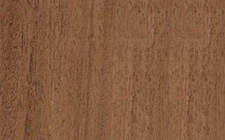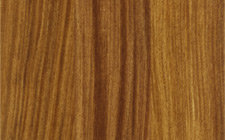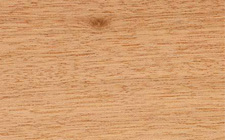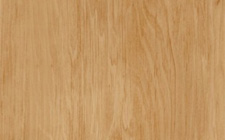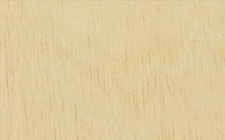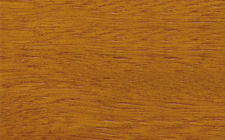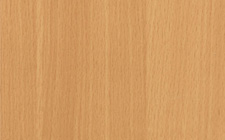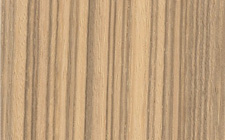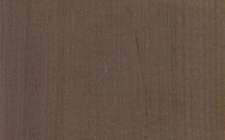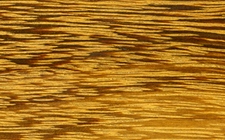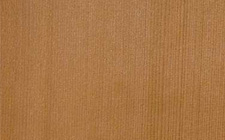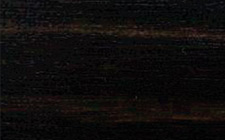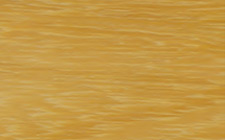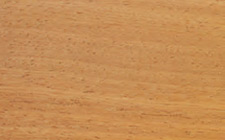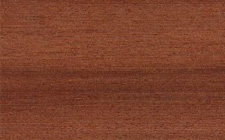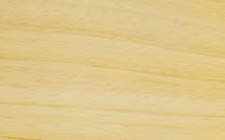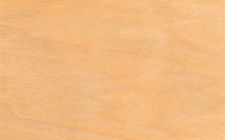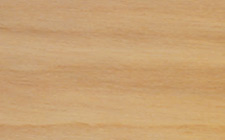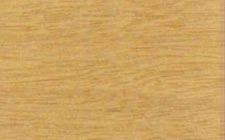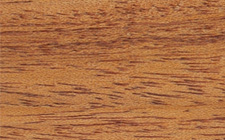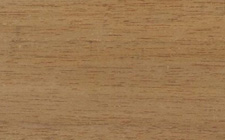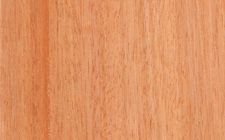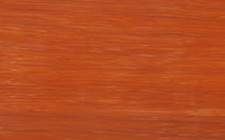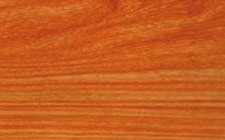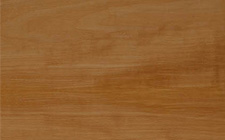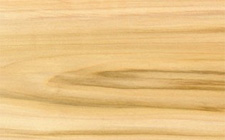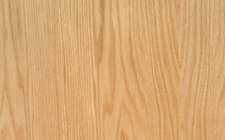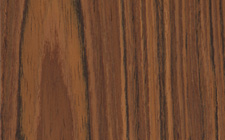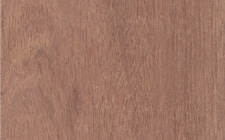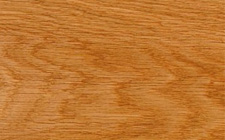Bubinga
Botanical name
Guibourtia demeusei
Origin
Africa
Other names
Bubinga, Essingang, Lianu, Ebana, Kevazingo, Oveng, Waka, Akume

Notes
Hardness varies from hard to very hard.
WOOD DESCRIPTION
| Color: |
Red brown |
| Sapwood: |
clearly demarcated |
| Texture: |
medium |
| Grain: |
straight or interlocked |
| Interlocked grain: |
slight |
| Note: |
Wood pink or reddish brown, with some fine purplish red veins. Some brown veins. Grain sometimes wavy. |
PHYSICAL, MECHANICAL AND ACOUSTIC PROPERTIES
|
(*: at 12% moisture content, with 1 MPa = 1 N/mm²) Musical quality factor: 111,9 measured at 2613 Hz |
||||||||||||||||||||||||||||||||||||||||
NATURAL DURABILITY AND TREATABILITY
| Funghi (according to E.N. standards): |
class 2 - durable |
| Dry wood borers: |
durable - sapwood demarcated (risk limited to sapwood) |
| Termites (according to E.N. standards): |
class D - durable |
| Treatability (according to E.N. standards): |
class 4 - not permeable |
| Use class ensured by natural durability: |
class 3 - in ground or fresh water contact |
| Species covering the use class 5: |
No |
| Note: |
This species is listed in the European standard NF EN 350-2. According to the European standard NF EN 335, performance length might be modified by the intensity of end-use exposition. |
SAWING, MACHINING AND ASSEMBLING
| Blunting effect: |
fairly high |
| Sawteeth recommended: |
stellite-tipped |
| Cutting tools: |
tungsten carbide |
| Peeling: |
no information available |
| Slicing: |
nood |
| Note: | Requires power. Care is needed in presence of interlocked grain. Very decorative veneers. |
| Nailing / screwing: |
good but pre-boring necessary |
| Gluing: |
correct (for interior only) |
| Note: |
Gluing must be done with care (dry wood and smooth surface). |
| Gamma di produzione | Refilato |
| Tavole mt. 1,80 a 4,50 Spessore mm. 25 a 80 |
* |


